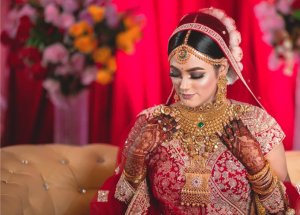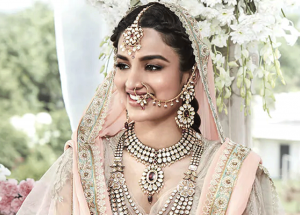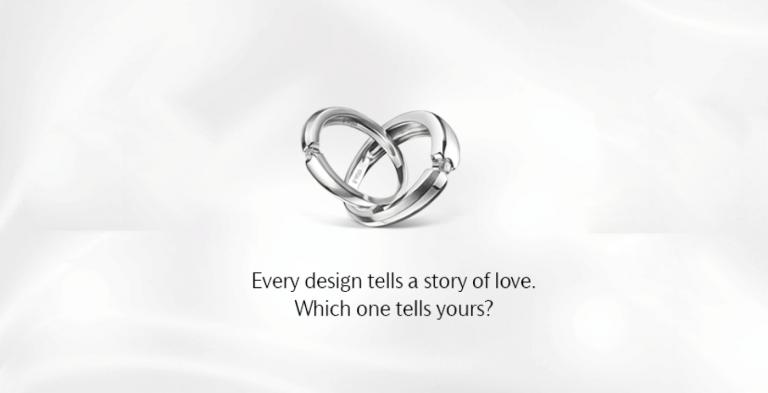Wedding ring finger for male in India
Wedding ring finger for male in India

Wedding ring finger for male in India, The wedding ring finger for males in India carries much significance and meaning. Traditionally, Indians believe that a nerve from the ring finger on the left hand connects directly to the heart. This notion stems from ancient times when people thought a “love vein” ran from this finger directly to the heart. So wearing a wedding band on this finger signals that the wearer’s heart has been “taken.”
While traditions have changed over time, this custom still holds for most Indian grooms today. The ring symbolizes his commitment, fidelity, and eternal bond with his bride. Understanding why the left ring finger remains the standard wedding ring finger for Indian men can shed light on the meaning behind this enduring ritual.
The History Behind the Wedding Ring Finger
Modern traditions always have origins rooted in ancient culture and customs. Historical evidence suggests wedding rings first appeared in ancient Egypt, where people wore rings on the third finger of their left hand. They believed this finger contained a special vein that connected directly to the heart, called the “vena amoris” or vein of love.
Wedding ring finger for male in India
This idea spread throughout the Mediterranean and into Europe during Greek and Roman times. Western cultures perpetuated this practice. They named it the ring finger based on their anatomical beliefs, and its symbolism took hold. The custom traveled to other parts of the world over time. Ultimately, India incorporated the tradition by making the left ring finger the standard for wedding ring placement for both women and men.
The Significance of the Indian Wedding Ring
Indian wedding rings hold more meaning than just an anatomy lesson. They signify fidelity, unity, and the merging of two souls. Much like Western Christian-based wedding ring traditions, Hindus and Indian culture, in general, infuse deep spirituality into the ring exchange ritual, Modern Indian Grooms Break from the Wedding ring finger for male in India Tradition.
The circular shape with no beginning or end mimics the belief that marriages should stand the test of time. Indian wedding bands frequently contain ornate engravings, embedded diamonds and gems, divine symbols, or images representing figures in Indian mythology. All aspects reflect the sanctity of marriage in the eyes of the culture.
Grooms present their brides with wedding rings just as Western grooms do for their fiancées. However, Indian brides also lavish their grooms with jewelry in the reciprocation of their pledges. Sometimes Indian brides gift multiple rings to their spouse-to-be or choose one elaborate ring design featuring stones like emeralds or rubies.
What’s the Significance of the Wedding ring finger for male in India?
These sparkling bands grace the ring fingers of both partners, binding them together through a beautiful shared tradition. For Indian couples, the choice to place their wedding rings on their left hand and ring fingers echoes generations of married pairs before them.
Which Hand Do Indian Grooms Wear Their Bands On?
Indian grooms always wear their wedding rings on the fourth finger of their left hand. The right-hand option breaks with several deeply rooted matrimonial customs in Indian society. Here is why wearing a wedding ring on the left ring finger matters for Indian men on their wedding days:
It mirrors the bride’s ring and engagement finger. Wearing matching rings symbolizes their parallel pledges before family and their communities. Choosing alternate hands disrupts this imagery. Placing it on the hand “closer to the heart” honors the deeply held anatomical lore linking that finger to love. Switching to the right hand discounts the romantic notion. It pays respect to religious beliefs and the sanctity of marriage bonds. Most Hindu rituals involve adorning the left ring finger with bands. Indian men follow their faith’s guidelines for holy ceremonies through ring placement. It connects grooms to their regional and ethnic heritage. Traditions bring people together while building cultural bridges that span generations. It strengthens family connections which loom large in Indian society. Flouting conventions may show perceived disrespect. It visually conveys taken/married status after exchanging vows before the public. Rings serve as silent symbols that a man has committed himself to his new bride, Alternatives to the Traditional Wedding ring finger for male in India.
In essence, wearing a wedding band on the left ring finger allows Indian men to pledge themselves to their wives in ways that align with both history and tradition. It signals to others that they are unavailable now that they have symbolically given their hearts away. Making this one small gesture speaks volumes about what marriage means in this vibrant culture.
The Meaning Behind the Wedding ring finger for male in India Tradition
Other Fingers Used for Indian Wedding Bands
Most Indian men faithfully keep wearing bands on one finger – the left ring finger. However, some modern grooms wish to break from custom and express their individuality through jewelry placement. A few cultural and religious nuances also influence wedding ring practices across India’s diverse landscape. Here are a few other finger options Indian grooms may consider:
Right-hand ring finger – Some Indian men adopt Western conventions and move their jewelry to the right-hand post-ceremonies. Others choose the right side from the start. While still uncommon, this placement is gaining traction with progressive and globally minded Indian men seeking less rigid matrimonial rituals, The Wedding ring finger for male in India – Connected to Love or Lore.
Right or left middle (third) fingers – A few specific regional and religious traditions call for wearing wedding jewelry on the middle finger. Some suggest the middle finger contains its love vein reaching to the heart. Certain Muslim Indian communities use the right middle finger. The left middle finger may also bear bands in various Hindu funeral rites or widowhood rituals.
Any finger – Modern personalized Indian wedding ceremonies frequently involve more casual rituals and dress codes. Grooms may select a ring finger with more meaning to them personally rather than hewing to decades of social custom. An inherited ring or recycled band from a parent brings past to present in a poignant statement of loving remembrance.
Why Indian Grooms Wear Wedding Bands on the Left Wedding ring finger for male in India
Ultimately freedom of choice dwells at the heart of modern Indian wedding ring traditions. Grooms stand proudly by their brides as equals, rings glittering in harmony. Their joined hands, adorned in concert, shine as brightly as the happy hopes and dreams of their future together. Love needs no anatomy lesson to find its home in two united hearts, Wedding ring finger for male in India.
Common Wedding Ring Metals for Indian Grooms
The wedding bands Indian grooms share with their brides come shaped in gold, silver, platinum, and mixed metal blends. Gold reigns as the most popular precious metal for wedding jewelry. But contemporary grooms also gravitate toward modern metals and accents that express their unique personalities.
The History of the Wedding ring finger for male in India Custom
Here is a guide to the top metals Indian men choose for their wedding bands along with their symbolic significance:
Yellow Gold – The warm, buttery glow of gold symbolizes prosperity. Gold holds equal importance in Indian economic systems and Hindu wedding rituals making it the go-to metal for rings. Indian grooms traditionally wear chunky gold bands, though modern versions slim down ornate engraved detailing for everyday wearability.
White Gold – White gold mixes durable nickel with a gold base to create a contemporary silver sheen. The white color reflects enlightenment and new beginnings. Choosing white gold or platinum rings often links Indian grooms to technology fields or globally attuned careers.
Rose Gold – Rose or pink gold mixes gold with just enough copper to give it a feminine blush tone. Some modern Indian grooms choose rose gold bands to match their bride’s engagement ring or other jewelry gifts exchanged during wedding events.
Platinum – The deepest white hue plus remarkable density make platinum synonymous with rarity and value. Platinum tops the precious metals list as one of the strongest, naturally white metals. It denotes prosperity for lifelong partnerships.
Hindu Wedding Rituals and the Sacred Wedding ring finger for male in India
Titanium – Titanium retains significant popularity as a wedding band metal due to being highly scratch-resistant, strong, and affordably priced. Titanium’s gunmetal gray color exudes a modern, stylish look. Indian grooms favor it for band inlays or when the cost becomes a consideration.
Mixed Metals – Two-tone gold, hammered metals with contrasting brushed patinas, and accent weights channel traditional Indian jewelry design. Combining metal textures adds depth and original style to men’s wide wedding bands. Contrasting colors display how two unique lives intertwine into one, Your Guide to the Indian Wedding Ring Finger: Wedding ring finger for male in India Meanings.
.
Just as every Indian bride and groom weaves their own special love story, they also choose wedding rings that speak to them personally. For Indian men, the metal ultimately forms the foundation on which they pledge their undying devotion – no matter which finger bears their sacred bands.
Jewellery valuers in Lajpat Nagar















